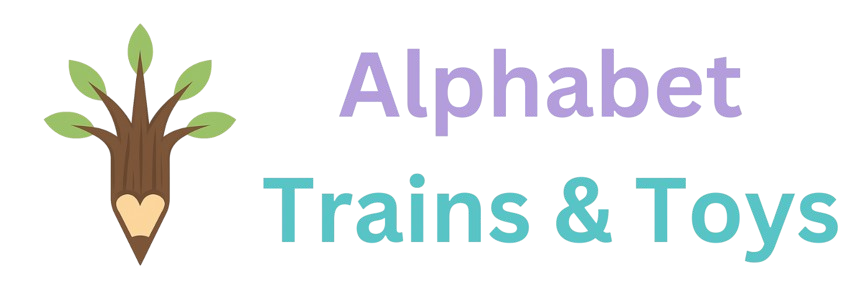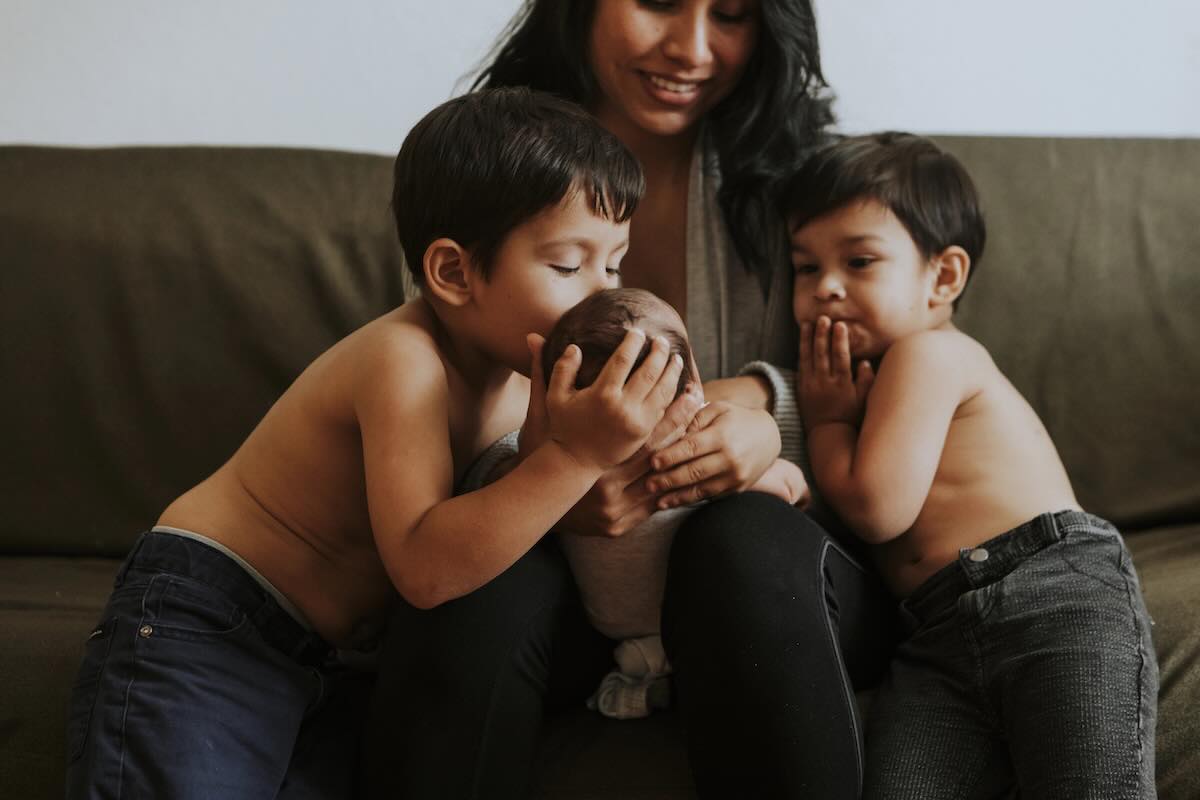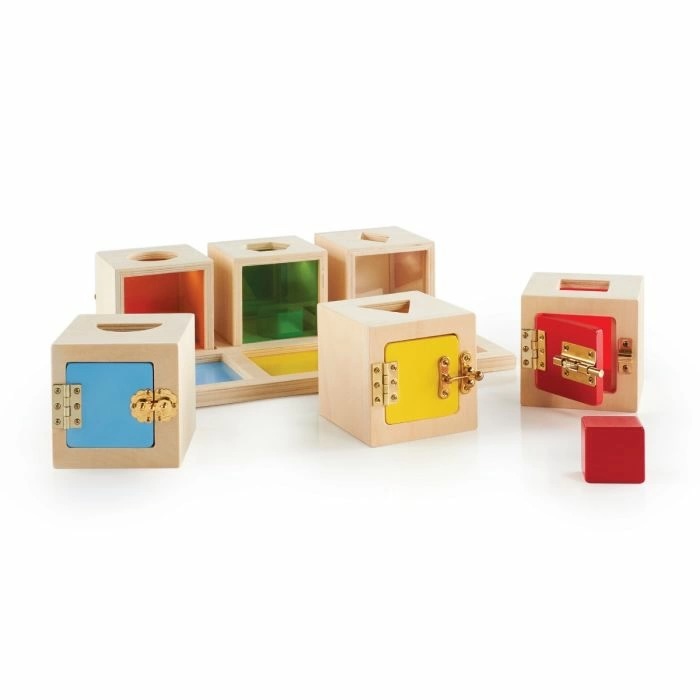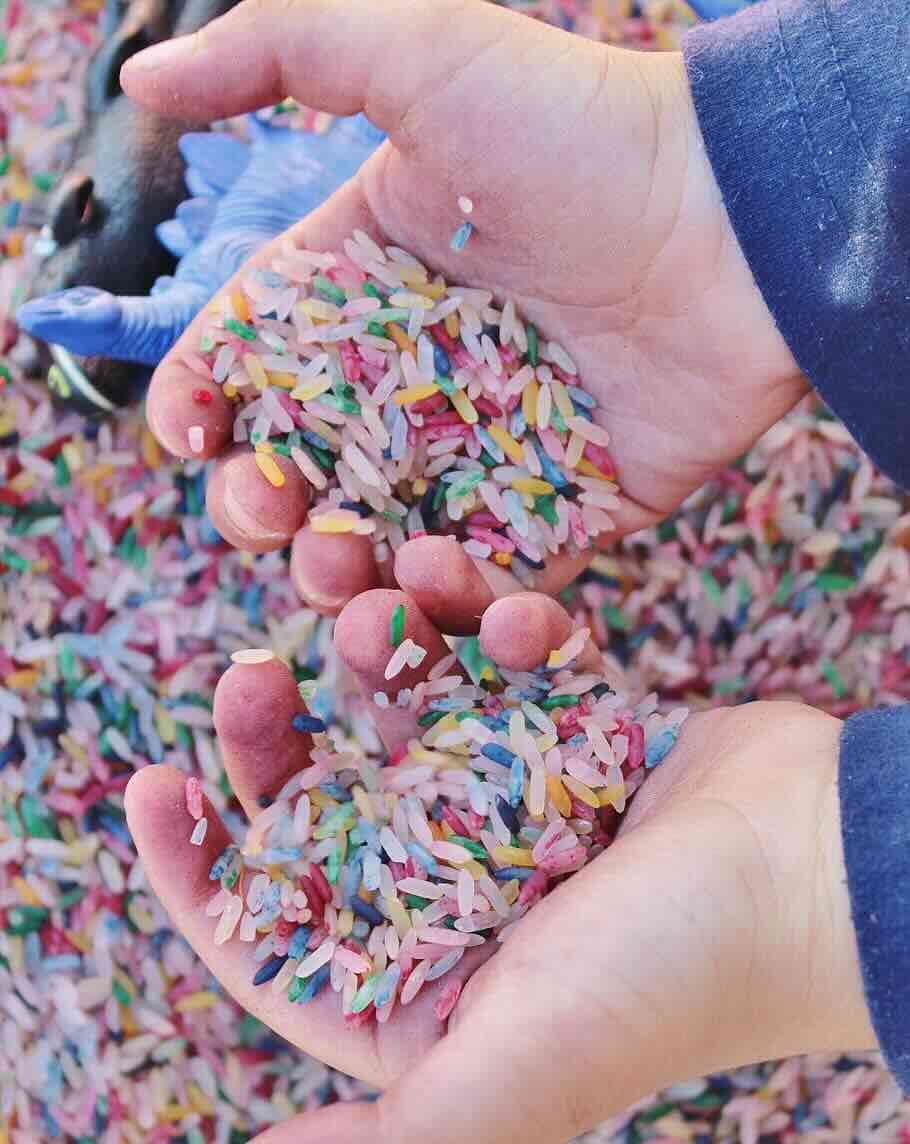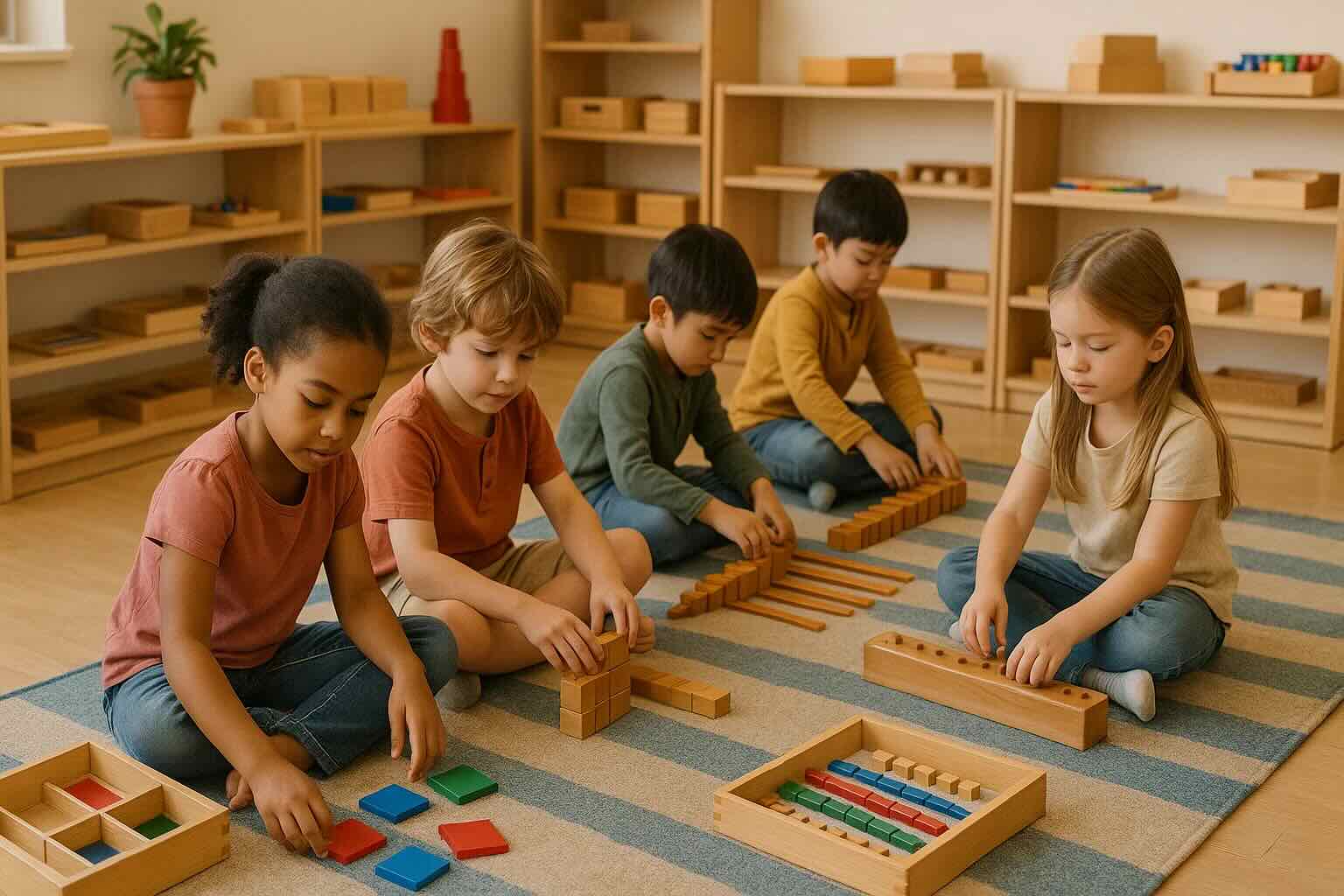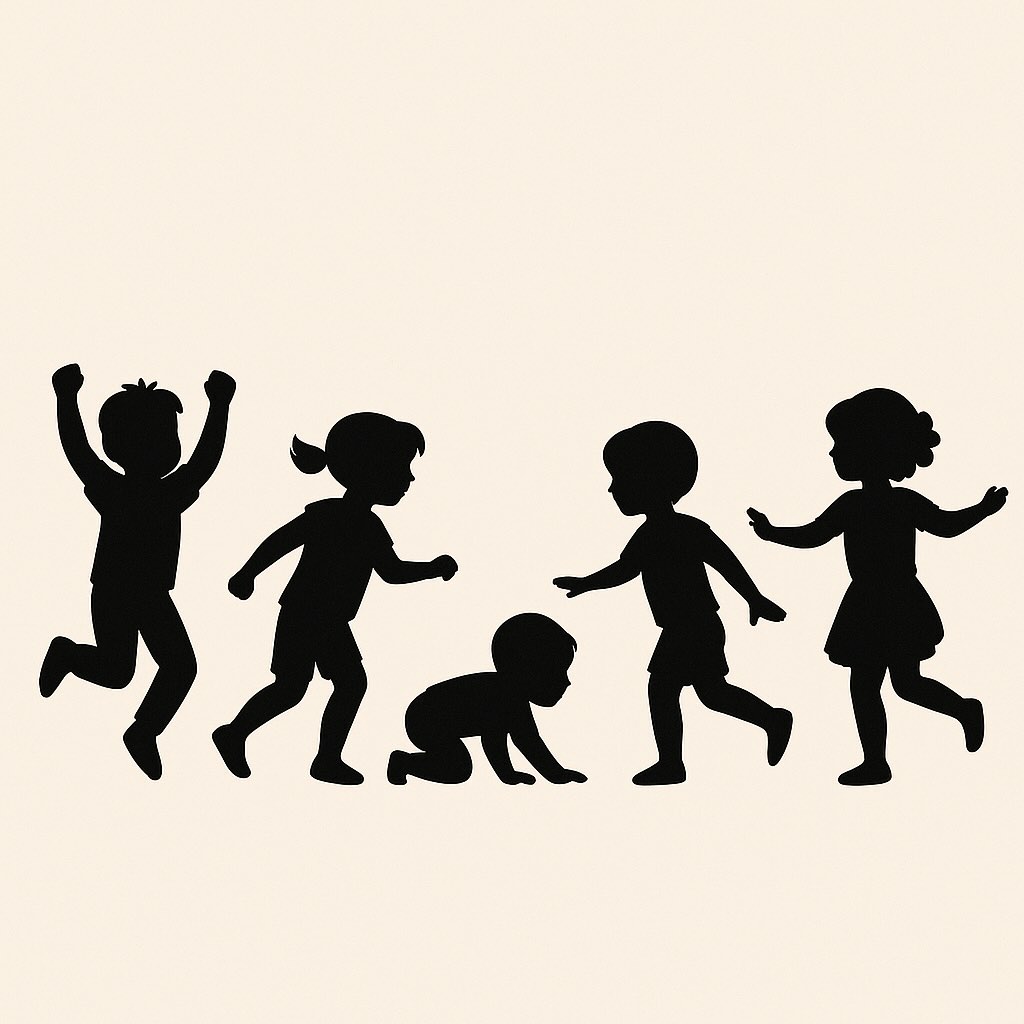The first time you meet your newborn’s gaze, the world shifts. Their tiny fingers curl around yours, their eyes dart between light and shadow, absorbing every detail with quiet wonder. At just one month old, your baby is already beginning their journey of discovery, taking in the world through sight, sound, and touch.
For a full breakdown of activities suited to each developmental stage, visit our Montessori activities by age guide.
The Montessori approach honors this natural curiosity, offering gentle ways to nurture your baby’s senses while respecting their own pace of exploration. If you're also exploring how Montessori compares to other educational methods like Waldorf, check out our Montessori vs Waldorf Education Comparison Guide.
Here, you’ll find over 80 thoughtfully designed Montessori activities that bring these early experiences to life, helping you create a world where your baby can observe, move, and engage with their surroundings in a meaningful way.
👀 Montessori Baby Activities for Visual Stimulation
- Use black-and-white contrast cards.
- Read high-contrast books.
- Introduce a Munari Mobile.
- Place an infant mirror at their eye level.
- Move a high-contrast object left to right for tracking practice.
- Observe their response to different lighting.
- Let them gaze at light filtering through a curtain.
- Show them a bold-patterned plush toy.
- Expose them to gentle, moving shadows.
- Let them watch sunlight reflections on a wall.
- Walk around the house and describe objects.
- Show them different colored fabrics.
- Let them watch you make slow hand movements.

👀 Try This: Tape a simple black-and-white pattern card near a sunny window to combine light tracking with contrast stimulation.

🧽 Tactile Montessori Baby Activities for Sensory Development
- Provide skin-to-skin contact.
- Use a soft brush to gently touch their hands and feet.
- Let them grasp a light muslin cloth.
- Offer a smooth wooden grasping toy.
- Let them feel warm and cool fabric.
- Provide a wool ball for different textures.
- Introduce a natural sponge.
- Massage their fingers and toes.
- Let them feel your hair brushing against their fingers.
- Give them a soft silk scarf to explore.
- Run a warm damp cloth over their hands.
- Let them feel a cool, smooth stone.
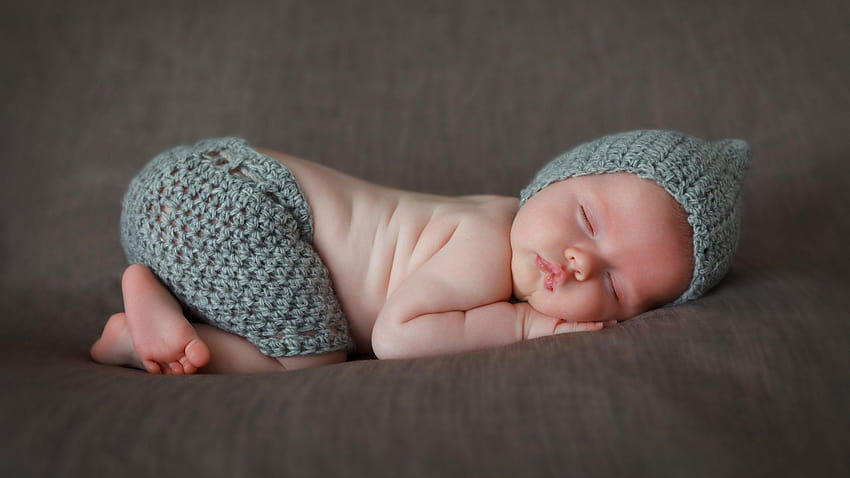
🫰 Montessori Tip: Keep a small “sensory basket” with rotating safe textures—cotton, wool, wood—for daily tactile exploration.
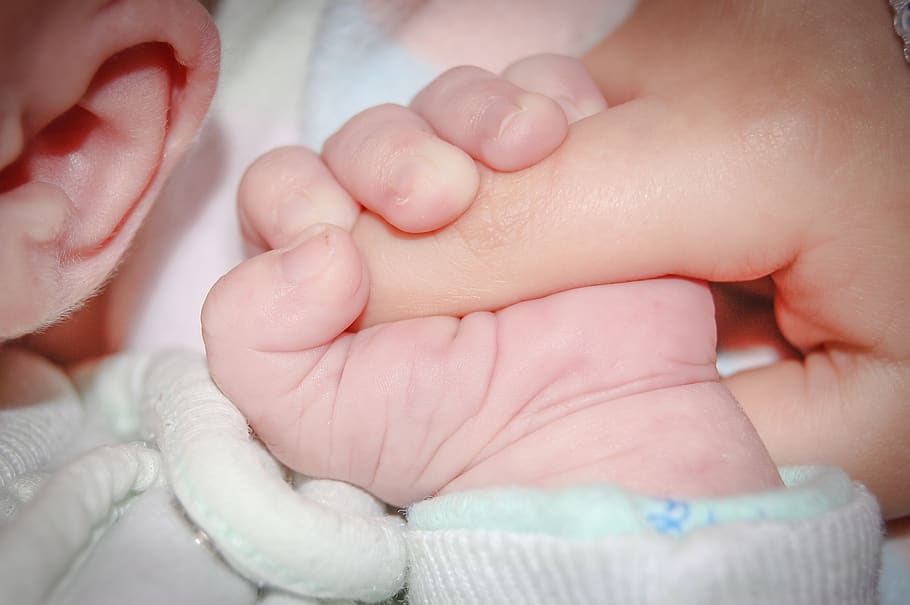
Engaging Sensory Toys for Kids
Explore our wide range of sensory toys designed to stimulate touch, sight, and sound. These toys help build essential sensory skills while making playtime fun and educational.
Discover Sensory Toys🔊 Auditory Montessori Baby Activities to Stimulate Hearing
- Speak to them in gentle, rhythmic tones.
- Sing soft lullabies.
- Play calming classical music or nature sounds.
- Introduce a small wooden rattle.
- Let them listen to the sound of running water.
- Hum softly or make gentle "shhh" sounds.
- Expose them to the rustling sound of fabric.
- Let them hear the soft ticking of a clock.
- Gently crinkle paper or foil near them.
- Let them hear the gentle sound of raindrops.
- Play soft wind chimes near them.
- Let them hear soft drum beats (hand-tapping rhythm).
- Introduce the sound of a gentle chime bell.
- Make soft clicking or clapping sounds.

🎧 Sound Strategy: Use the same lullaby every evening—predictable rhythms help build auditory memory and soothe overstimulated infants.
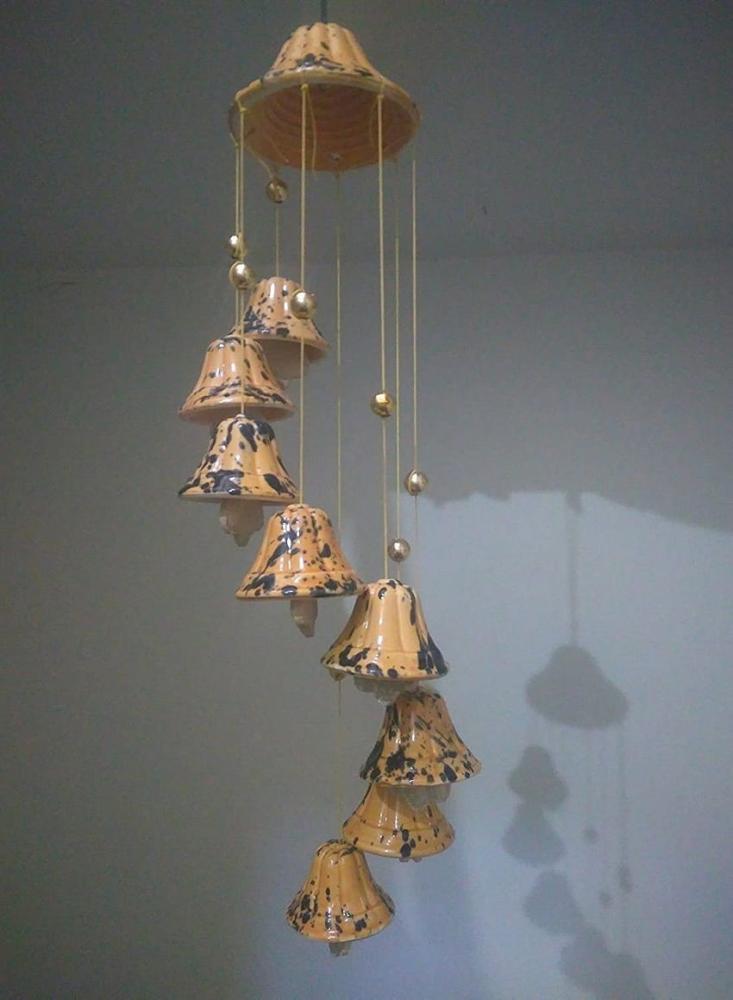
🏃 Montessori Movement Activities for Babies (0–1 Month)
- Place your baby on their tummy for short periods.
- Help them do gentle leg bicycling movements.
- Allow free movement on a soft surface instead of a bouncer.
- Hold them upright against your chest.
- Let them kick freely without a diaper.
- Slowly move a soft fabric toy over their body.
- Change their lying position: on their back, side, and tummy.
- Let them stretch their arms freely.
- Rock them in your arms in slow, rhythmic motions.
- Support them in a gentle upright hold.
- Let them explore different lying angles on a nursing pillow.
- Give them gentle back and tummy rubs.

💪 Gentle Strength: Short, frequent tummy time sessions throughout the day help build neck and core strength safely and naturally.
🌿 Outdoor & Natural Environment Exploration
- Take them outside for fresh air and natural light.
- Let them listen to the wind moving through trees.
- Hold them near a gentle breeze.
- Expose them to the sound of birds chirping.
- Walk with them in a baby wrap for a new perspective.
- Let their feet gently touch grass or a soft rug.
- Take them for a short walk in the stroller.
- Let them feel natural sunlight on their skin (indirect).
- Hold them near a gently moving water source.
- Let them hear distant traffic sounds for contrast.
- Expose them to the sound of crunching leaves.
- Let them smell different flowers and herbs.
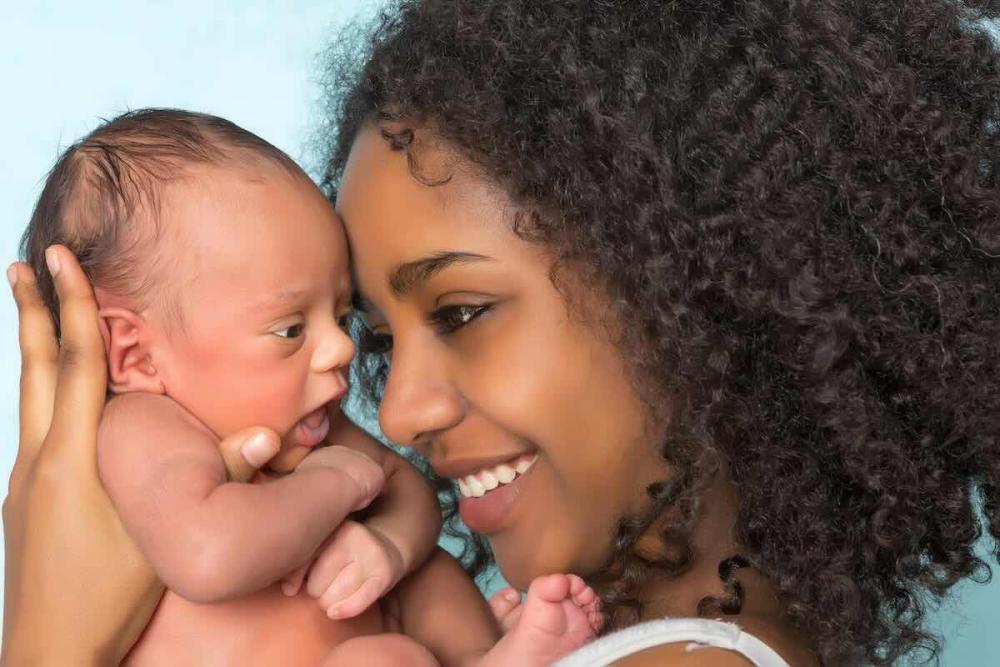

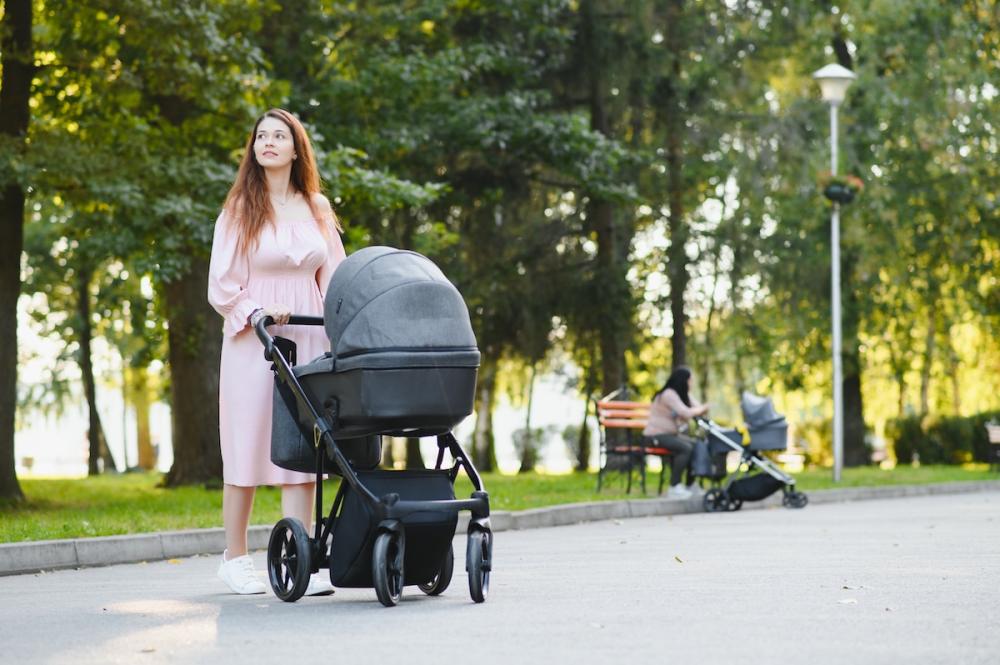
💗 Bonding & Emotional Development
- Make eye contact while feeding or holding them.
- Respond to their cries with calm reassurance.
- Hold their hands and gently stroke their fingers.
- Rock them with slow, rhythmic movements.
- Smile at them often—even if they can’t smile back yet!
- Give them gentle forehead kisses.
- Whisper softly in their ear.
- Gently touch their nose and say their name.
- Carry them in different positions for varied perspectives.
- Sing a morning song when they wake up.

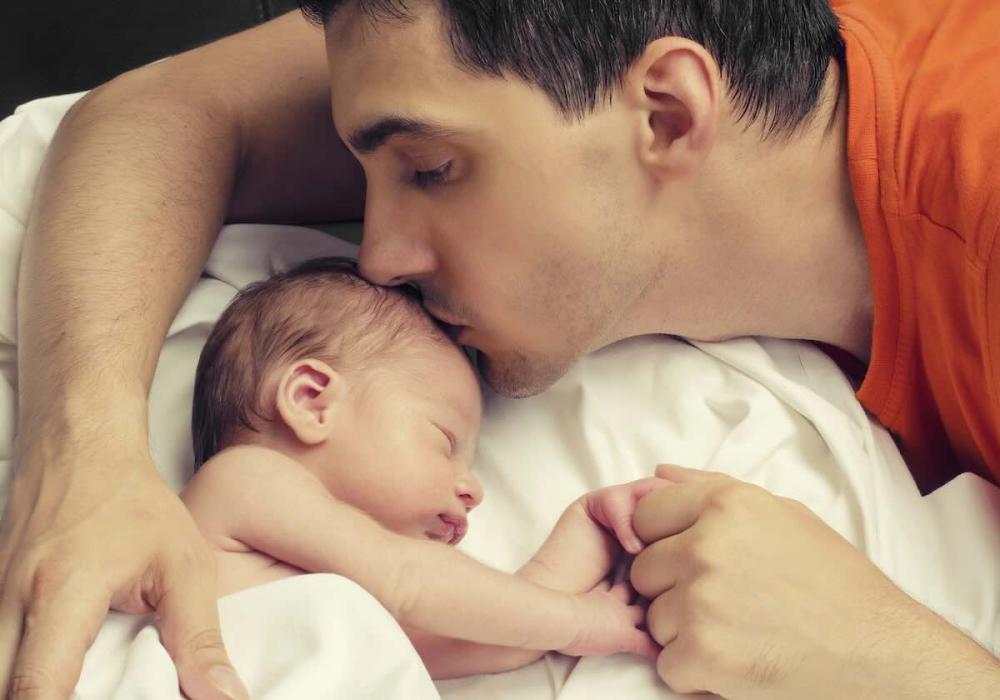
🛀 Bathing & Water Play
- Use a warm, damp cloth for gentle face wiping.
- Give a gentle water massage while bathing.
- Let them feel a slow trickle of water on their skin.
- Offer a small bowl of warm water for hand splashing.
- Introduce a soft washcloth for self-touch exploration.
🏡 Montessori Home Environment
- Keep their sleep space uncluttered.
- Use natural materials for baby blankets and toys.
- Provide a soft, open space for movement.
- Minimize overstimulating lights and sounds.
- Use warm, neutral colors in their environment.

Final Thoughts:
As you guide your baby through these simple yet powerful moments, you’ll begin to see the magic of their first discoveries unfold—the way their fingers curl around a soft silk scarf, how their eyes widen at the gentle chime of a bell, the quiet contentment of a slow, rhythmic rock in your arms.
Each interaction is more than just an activity; it’s a conversation, a shared experience, a foundation for a lifetime of learning. And the beauty of it all? There’s no rush, no milestones to chase—just you and your baby, embracing the wonder of the world one moment at a time.
📌 Parent Reminder: There’s no perfect routine—your presence, calmness, and responsiveness are what your baby truly needs most.
To explore the research behind sensory and responsive caregiving in early childhood, visit the Zero to Three Early Development resources.
Shop Montessori Toys by Age
Find age-appropriate Montessori Toys to match every stage of your child’s development—from infants to preschoolers. Thoughtfully selected to inspire independence, focus, and hands-on learning.
Browse Montessori Toys by AgeMontessori Baby Activities: FAQ for Infants (0–3 Months)
What are Montessori baby activities for infants?
Montessori baby activities for infants (0–3 months) support sensory development and emotional bonding. Activities include black-and-white visual cards, Munari mobiles, infant mirrors, gentle touch, and auditory engagement to nurture early curiosity and independence.
What are the best Montessori toys for infants under 3 months?
The best Montessori toys for infants under 3 months include soft grasping toys, wooden rattles, high-contrast mobiles, and sensory fabrics. These support visual tracking, tactile development, and fine motor skills in a gentle and natural way.
How do I set up a Montessori environment for a newborn?
To create a Montessori environment for a newborn, use natural materials, soft lighting, and minimal clutter. Include low shelves, infant mirrors, and safe floor mats to promote exploration and self-awareness in your infant’s earliest months.
Are Montessori activities safe for newborns?
Yes, Montessori activities for newborns are designed to be safe and respectful of developmental readiness. They emphasize gentle stimulation, observation, and bonding — not forced milestones — ensuring a nurturing learning environment.
Why is the Montessori approach beneficial for babies in their first 3 months?
The Montessori approach helps infants build sensory awareness, emotional security, and independence from birth. It supports early development through hands-on, calming activities that follow each baby’s natural pace of growth and discovery.
What small discoveries have brought the biggest smiles to your little one? We’d love to hear your experiences in the comments!
